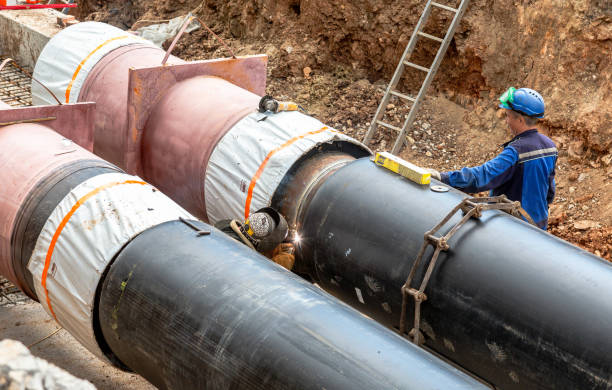
Revolutionizing Pipeline Integrity: The Rise of Automated Welding in Harsh Environments
The backbone of the global energy network is an intricate web of pipelines, silently and reliably transporting millions of barrels of oil and trillions of cubic feet of gas every day. The integrity of these pipelines is paramount, not just for economic reasons, but for environmental protection and public safety. At the heart of this integrity lies the weld – the critical juncture where individual pipe sections are fused into a continuous, pressure-containing system. For decades, manual and semi-automatic welding dominated the industry. However, the increasing complexity of projects, the demand for higher quality, and the need to operate in increasingly remote and hostile environments have driven a paradigm shift towards fully automated welding solutions.
The Challenge of Harsh Environments
Modern pipeline projects are no longer confined to easily accessible, temperate zones. We are building across the permafrost of Siberia, through the seismic zones of the Andes, under the icy waters of the North Sea, and across the scorching sands of the Arabian Desert. These environments present unique challenges:
- Extreme Temperatures: Welding in sub-zero conditions requires pre-heating and strict interpass temperature control to prevent hydrogen-induced cracking. Conversely, desert heat can lead to rapid cooling and increased hardness.
- Remote Locations: Access to skilled labor is limited, and logistical support is complex and expensive. Consistency and reliability are non-negotiable.
- Stringent Quality Requirements: Regulatory bodies and operators demand flawless welds with 100% non-destructive testing (NDT) coverage, often requiring radiographic (RT) or automated ultrasonic testing (AUT) to meet API 1104 standards.
Enter Automated Welding Systems
Automated welding systems, often referred to as "crawler" systems, are self-propelled, computer-controlled units that travel around the pipe circumference, laying down a weld bead with unparalleled precision and repeatability. Energy Rig Solutions Ltd has invested heavily in the latest generation of these systems, which offer significant advantages:
"Automation isn't about replacing people; it's about empowering them. It allows our highly skilled technicians to focus on programming, monitoring, and quality control, rather than the physically demanding and repetitive task of manual welding. The result is a safer, more efficient, and higher-quality outcome."
- Lead Welding Engineer, Energy Rig Solutions Ltd
Key Benefits of Our Automated Approach:
- Unmatched Consistency & Quality: The computer-controlled process eliminates human variability. Every weld parameter – voltage, amperage, travel speed, wire feed rate – is precisely controlled and logged, ensuring every weld is identical and meets the most stringent specifications.
- Enhanced Safety: By removing welders from the immediate arc zone, especially in confined spaces or at height, we drastically reduce exposure to fumes, radiation, and physical hazards.
- Increased Productivity: Automated systems can work continuously, 24/7, in shifts, significantly accelerating project timelines. A single automated station can often outperform multiple manual crews.
- Data-Driven Quality Assurance: Every weld is digitally recorded, creating a comprehensive, auditable trail. This data is invaluable for real-time quality control and long-term asset integrity management.
- Superior Performance in Extremes: Our systems are engineered for harsh conditions, featuring robust enclosures, climate control for electronics, and specialized power supplies that function reliably in extreme cold or heat.
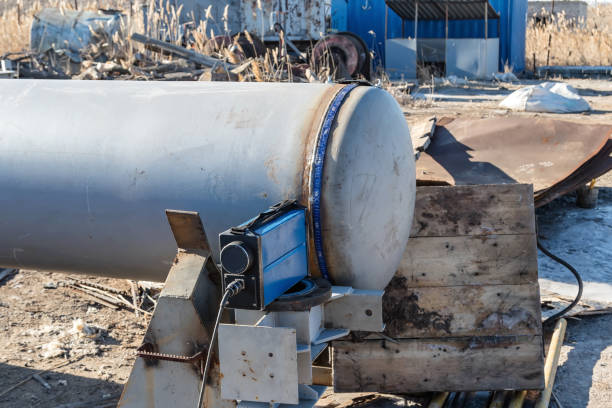
Case Study: The Arctic Gas Export Line
One of our most challenging recent projects was the construction of a 150km, 48-inch diameter natural gas pipeline in the Arctic Circle, where winter temperatures routinely drop below -40°C. Manual welding in these conditions was deemed prohibitively risky and slow.
We deployed a fleet of six cold-weather-rated automated welding crawlers. The results were transformative:
- Weld Quality: First-pass weld acceptance rates exceeded 99.5%, compared to an industry average of 90-95% for manual welding in similar conditions.
- Project Timeline: The pipeline was completed three weeks ahead of schedule, despite severe weather delays.
- Safety Record: Zero lost-time incidents related to welding operations.
The success of this project has cemented automated welding as our standard for all major pipeline construction, regardless of location.
The Future: Integration and Intelligence
Our journey with automation is far from over. We are now integrating our welding systems with our digital project management platform. Real-time weld data is fed into a central dashboard, allowing project managers to monitor progress, identify potential bottlenecks, and ensure quality compliance instantaneously. We are also exploring the use of machine learning algorithms to analyze weld data and predict potential failure points before they occur, moving from reactive to predictive maintenance.
Conclusion
Automated welding is not a futuristic concept; it is the present and future of pipeline construction. At Energy Rig Solutions Ltd, we are proud to be leaders in this field, leveraging technology to deliver safer, faster, and higher-quality infrastructure for our clients. As we continue to push the boundaries of what's possible in the most demanding environments, our commitment to innovation ensures that we remain at the forefront of the energy industry.
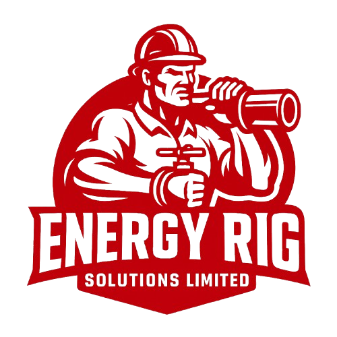

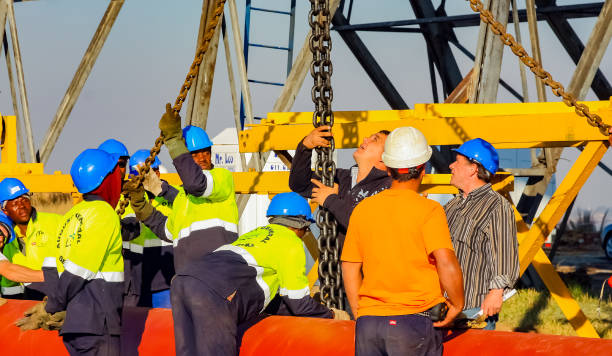

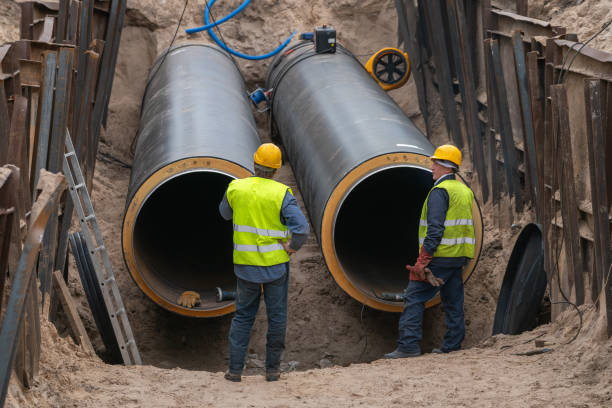
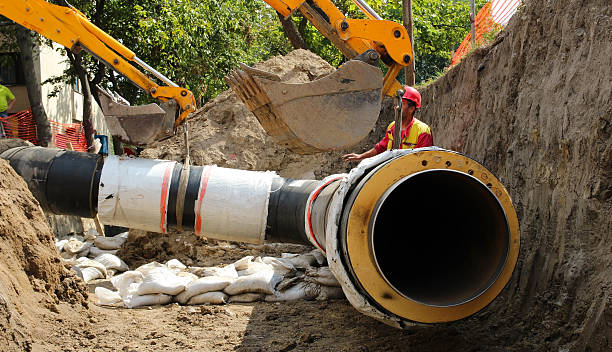
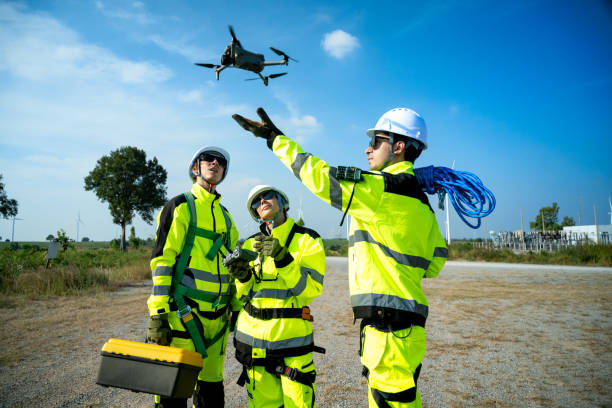

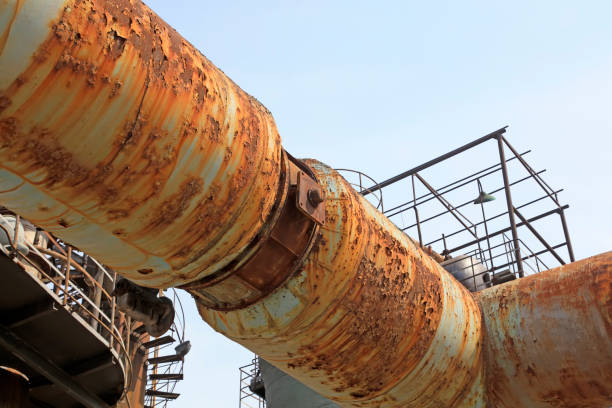
Alex Rivera, Project Manager Reply
Excellent article. We've been considering automation for our next project in Kazakhstan. The data on first-pass yield is very compelling. Do you offer consultation services for companies looking to transition?